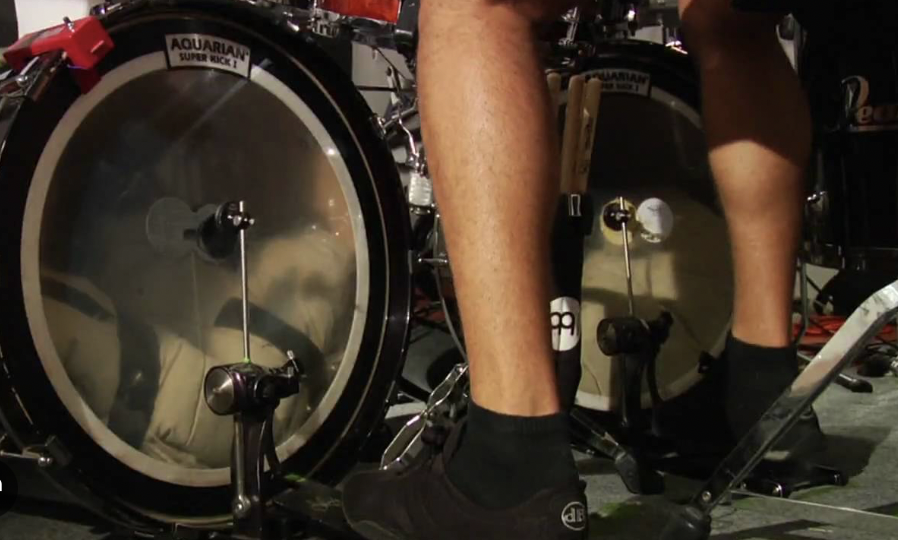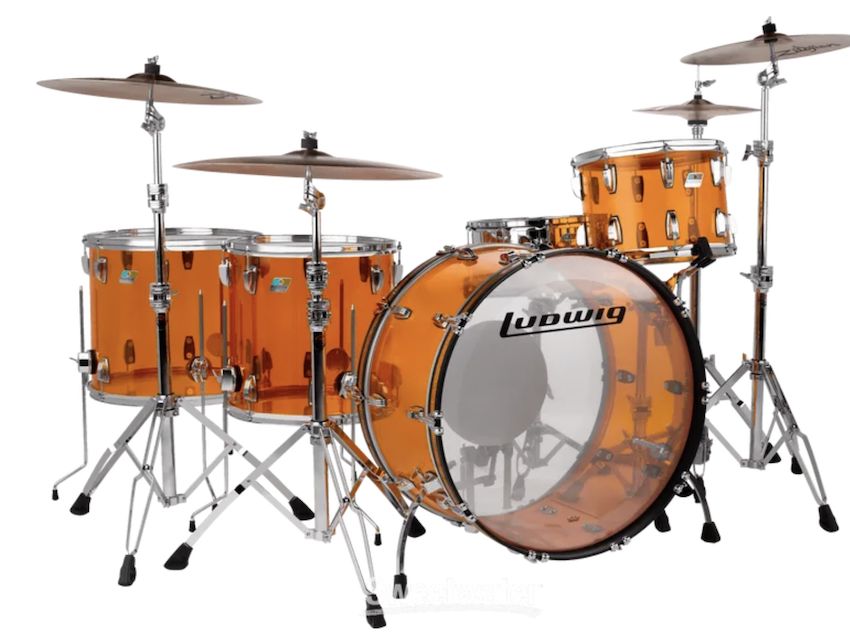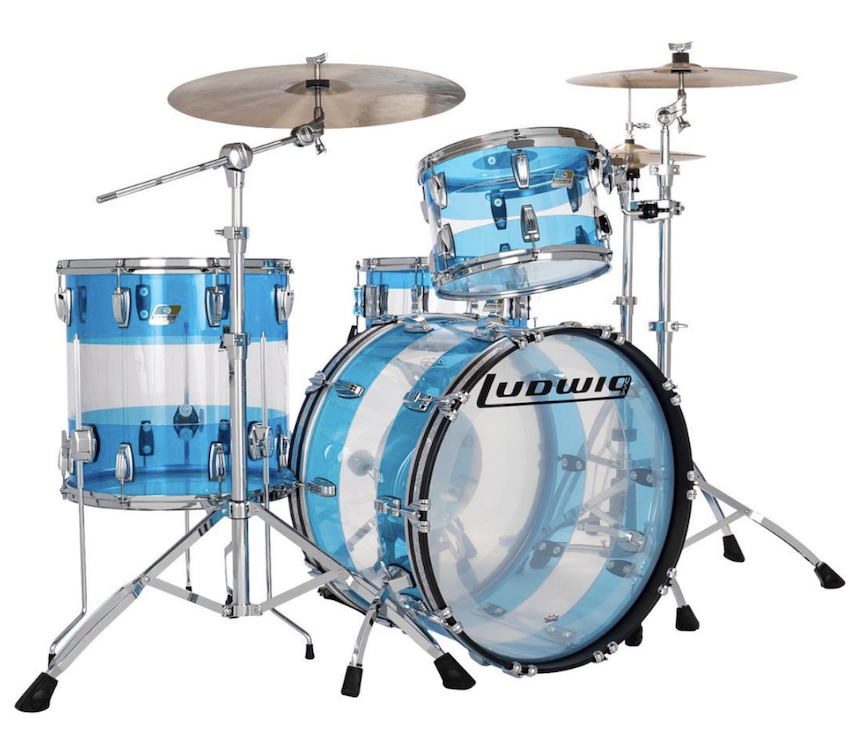Heel Toe Technique - How To
Heel Toe Overview
This technique allows drummers to play fast notes (usually doubles) with a single foot by employing a combination of ankle and toe movements. This is rather than relying solely on the more traditional heel-down or toe-down methods.
This technique is becoming increasingly popular, especially with metal drummers wanting to play at extremely high speeds.
Mastering the heel toe technique requires patience, coordination and dedicated practice, but it can significantly expand your speed with both feet and improve your rhythmic capabilities.
Let’s discuss the heel toe technique, how to do it and its Pros and Cons.
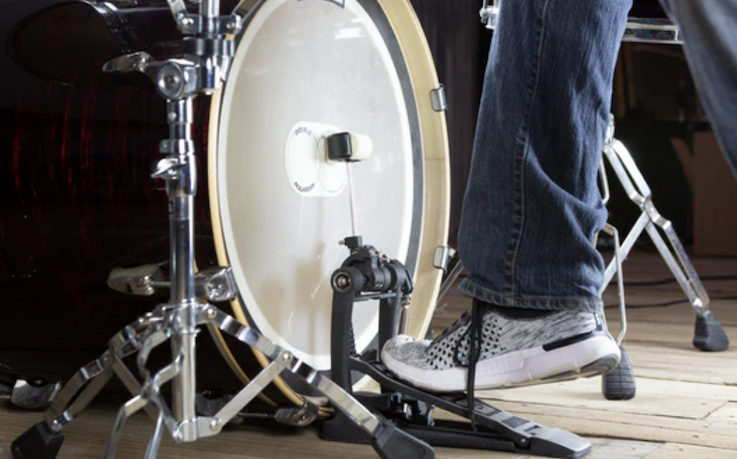
The Heel Toe Technique
At a Glance:
- Practice on the floor first
- Do 1 foot at a time
- Focus on the technique first, not speed
- Develop weak foot
- Practice with a metronome
- Focus on 2 even strokes with each foot
- Relax
- Record Your Progress
” The Heel toe technique allows me to reach speeds I never thought I’d be able to play.”
66 Samus, Youtuber
Heel Toe Technique Breakdown
Here’s a step-by-step breakdown of the mechanics:
Most drummers say starting with your heel up and your toes down on the footboard, with the beater on the bass drum skin is the best way to start learning this technique.
2. Heel Stroke:
Start the stroke by dropping down your heel, which will produce the first note.
I should note that most drummers who use this method say it isn’t actually the heel that will cause the “heel” stroke, it is more like the middle of the foot when it is angled properly.
In saying that, I’d suggest aiming for the heel to contact the lower part of the pedal and you can then eventually streamline the movement as you get better.
Heel Toe Pro Tip
Ensure your pedal settings are ideal for this technique.
A setting of average to tight spring tension and the pedal board medium to slightly high seems to be the sweet spot for most. Continue to adjust your pedals as you get more comfortable with heel toe.
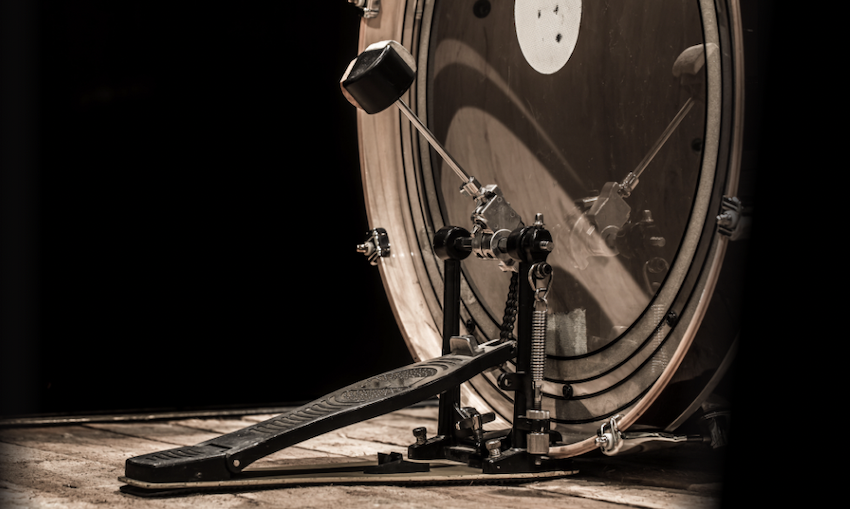
3. Toe Stroke:
Immediately after the heel stroke, roll the foot forward, bringing the toes down on the front part of your footboard.
This second stroke follows quickly after the first, caused by a quick transfer of pressure from the heel to the toe.
After completing the toe stroke it should feel natural to end in the start position with your heel up.
Then just rinse and repeat.
Extra Tips When Starting:
– Try the “rocking” foot motion on the floor first to get comfortable with it.
-Aim for 2 distinct noises from both heel and toe on the floor.
-Do 1 foot at a time, starting with your dominant foot first.
Subscribe to our Newsletter
Stay connected and receive the latest gear updates as well as exclusive offers.
Speed and Efficiency: The heel-toe technique allows for rapid and consecutive strokes with minimal effort, enabling drummers to achieve higher speeds compared to traditional techniques.
Endurance: By distributing the workload between the heel and the toe, drummers can sustain longer sessions without excessive fatigue in one muscle group.
New Rythmic Options: Because of the groupings of 2s there is ample possibilities for creating interesting rhythms you previously thought impossible.
Learning Curve: Mastering the heel-toe technique requires significant practice and coordination, especially for drummers accustomed to other pedal techniques.
Loss or Power: Most drummers admit a loss of power with the Heel Toe technique compared to other techniques. A loss of power is also expected when playing at high tempos and the use of triggers can help with this issue.
Setup and Adjustment: It may require adjustments to the drum pedal settings and foot positioning to find the optimal balance and comfort.
Tips for Mastering Heel-Toe Technique
1. Start Slowly:
Begin practising at a comfortable tempo and gradually increase speed as you gain proficiency.
Focus on maintaining even strokes and consistent timing.
2. Isolate Movements:
Practice each component of the technique separately—heel strokes and toe strokes—before combining them fluidly.
Remember to do one foot at a time.
3. Use Metronome:
Practice with a metronome to develop precise timing and control. This helps in building muscle memory and improving synchronisation between hands and feet.
Adjust the tension and setting of your bass drum pedals to find the settings that allows for smooth transitions between heel and toe strokes.
5. Stay Relaxed:
Avoid tensing up your leg muscles unnecessarily. Relaxation in your leg and foot is crucial for executing fast and controlled movements.
6. Record Your Practice:
Record your practice sessions and seek feedback from experienced drummers or instructors to identify areas for improvement.
Want to improve your hand speed?
Summary
While it requires dedication and patience to master, the benefits in terms of speed, control, and endurance make it a valuable addition to any drummer’s skill set.
By understanding the mechanics, practising diligently, and recording their progress, drummers can effectively harness the heel-toe technique to elevate their playing to new levels of precision and creativity.
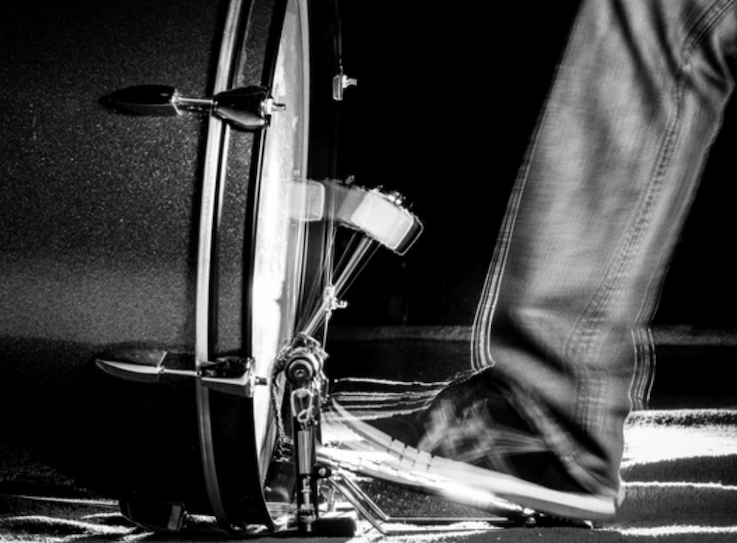
Q & A
The Heel Toe technique is also called the double stroke technique and it is where you use your heel and toe, almost in one movement to get 2 quick strokes. It is very useful to speed up your double bass playing if you can master the technique.
Q. How can I improve my drum kick speed?
The methods are very similar to the hands, some would even say they are identical.
1. Use Proper Technique
2. Get a Practice Kick Pad
3. Warm Up
4. Develop Weak Foot
5. Practice with a Metronome
6. Use Good Foot Control
7. Use Dynamics
8. Incorporate Interval training
9. Relax
10. Record Your Progress.
What is the difference between heel toe and bass drum slide?
With the slide technique, you tend to bury the beater into the head, similar to a press roll with the hands. The Heel Toe, you allow the beater to bounce off of the head which should produce more attack and a less muffled sound.
Q. What pedal position is best for heel and toe?
Medium to high and spring tension about the same. As you progress, adjust the bass drum pedal to suit what feels comfortable.
Did We Miss Something?
If there is something we have forgotten to mention, please contact us so we can continue to help and serve the wider drumming community.

